War
Christmas In Korea
January 1, 1953
Heart-wrenching interviews with U.S. soldiers in Korea during the holidays.
The Korea Story
January 1, 1953
Story of the Korean war; how it began, the first truce talks and their breakdown to the final peace treaty.
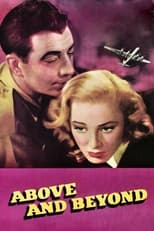
Above and Beyond
January 2, 1953
The story of Colonel Paul Tibbets, the pilot that dropped the atomic bomb on Hiroshima. Although unaware of the full potential of this new weapon, he knows that it can do tremendously more damage than any other weapon used before, and that the death toll resulting from it will be huge. He is reluctant to be the person who will end so many lives, but as time goes on, the pressure upon him only increase.
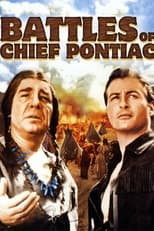
Battles of Chief Pontiac
December 8, 1952
In pre-Revolutionary America, the efforts of a Colonial officer trying to broker a peace deal between Indian chief Pontiac and British and American settlers are threatened by the commander of a Hessian mercenary unit who embarks on a campaign of extermination against the Indians.

Thunder in the East
December 4, 1952
During India's first years of independence from Britain, Steve Gibbs lands his armaments loaded plane in Ghandahar province hoping to get rich. Pacifist Prime Minister Singh hopes to reach an agreement with guerilla leader Khan, the maharajah is a fool, and the British residents are living in the past. Steve's love interest is Joan Willoughby, the blind daughter of a parson.

Eight Iron Men
December 1, 1952
During the World War II in Italy, Sergeant Joe Mooney is leading his small squad on the front-lines but is ordered to avoid rescuing a soldier trapped in no man's land.

Mr. Walkie Talkie
November 28, 1952
Military comedy about two sergeant buddies constantly getting into trouble.
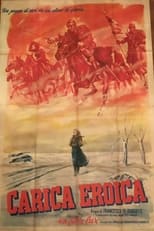
Heroic Charge
November 25, 1952
In 1941 an Italian regiment known as the Savoy Cavalry is sent by Mussolini to Russia to assist the German invasion. After crossing an extensive area of Soviet territory the men arrive at a village that seems deserted. A patrol sent on reconnaissance comes under machine-gun fire from the top of a bell-tower.
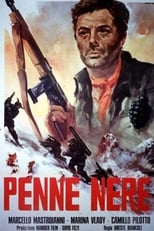
Black Feathers
November 21, 1952
In the last days of the world war II a young Alpine soldier trys to find his way back home after the army was disbanded. In his village the soldiers, with the townspeople, become engaged in an effort to prevent the Germans from blowing up a dam.
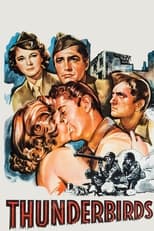
Thunderbirds
November 20, 1952
An Oklahoma National Guard unit, comprised mainly of Native Americans, is called up for duty at the start of World War II.
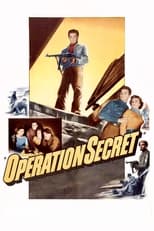
Operation Secret
November 5, 1952
After assisting the French Underground during WWII, an American Officer is later accused of murder and subversive activities by former colleagues. Based on the actual exploits of Lieutenant Colonel Peter Ortiz.
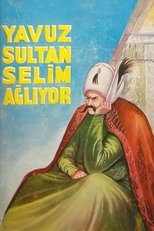
Yavuz Sultan Selim Ağlıyor
October 27, 1952
The film tells the story of Yavuz Sultan Selim, who went on a campaign to the East after ascending the throne. Grand Vizier Ali Pasha wants Prince Ahmet to succeed Sultan Bayezid II. Prince Selim, who objects to this situation, sets off for Istanbul. With the support of the Janissaries and those in the palace, he ascends the throne. He has the other princes who covet the throne killed and turns his attention to Shah Ismail, who is causing trouble in the east of the country. Selim sends his men ahead to gather information and begins preparations for his campaign against Iran.
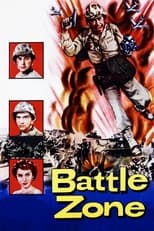
Battle Zone
October 26, 1952
Two Marine Corps combat photographers compete for the love of a Red Cross nurse during the Korean War. During a secret mission behind the North Korean lines their rivalry reaches a boiling point.
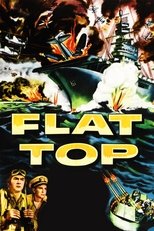
Flat Top
October 26, 1952
A rock hard commander trains Navy Carrier Pilots during the Second World War
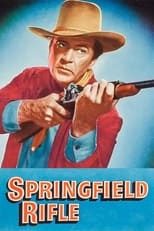
Springfield Rifle
October 22, 1952
Major Lex Kearney, dishonourably discharged from the army for cowardice in battle, volunteers to go undercover to try to prevent raids against shipments of horses desperately needed for the Union war effort. Falling in with the gang of jayhawkers and Confederate soldiers who have been conducting the raids, he gradually gains their trust and is put in a position where he can discover who has been giving them secret information revealing the routes of the horse shipments.

Sugamo's Mothers
October 16, 1952
Directed by Nobuo Adachi and starring Aiko Mimasu as a mother who lost three of her four sons to war. Aki is an elderly mother who has lost three of her sons to war. She is happy to be reunited with her youngest son, who has been demobilized from the South, only to find him imprisoned in Sugamo Prison as a suspected war criminal. The mother wishes only to be reunited with her son, but she falls ill from overwork and heartache...
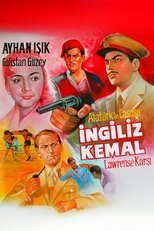
İngiliz Kemal Lawrens'e Karşı
October 11, 1952
Plans to take over the task of the British spy who came to Istanbul to Anatolia by Kemal’s story of said British: Lawrence.
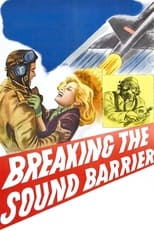
The Sound Barrier
October 10, 1952
Fictionalized story of British aerospace engineers solving the problem of supersonic flight.
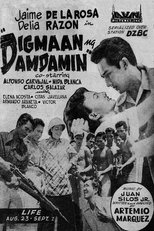
Digmaan Ng Damdamin
September 23, 1952
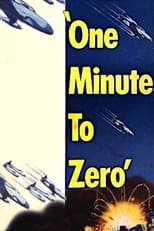
One Minute to Zero
September 19, 1952
An idealistic United Nations official learns the harrowing truth about war when she falls in love with an American officer charged with the evacuation of civilians. As hostilities escalate, the officer and his small detachment are left to hold the line until allied forces can be brought into action.